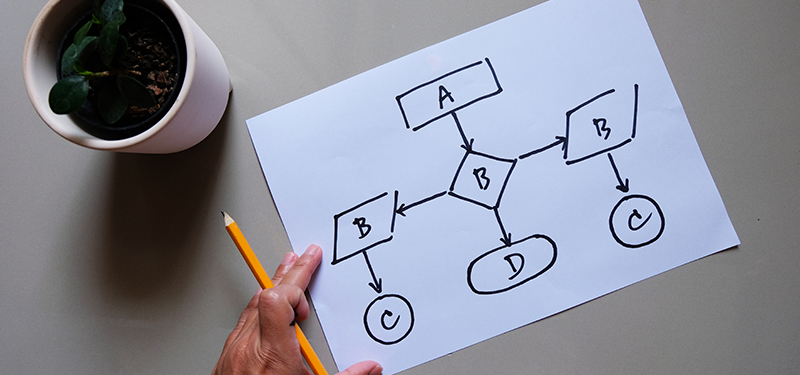Clean UML Modeling

Unified Modeling Language (UML) is a visual modeling language used for software development. It is a powerful tool that helps developers to design, visualize, and document software systems. However, creating clean UML diagrams can be a challenge for many developers.
Tips for Clean UML Modeling
- Keep it simple: Use only the necessary elements in your diagrams. Avoid overcomplicating your diagrams with unnecessary details.
- Use consistent notation: Use the same notation for similar elements throughout your diagrams. This will make your diagrams easier to read and understand.
- Use clear naming conventions: Use descriptive names for classes, attributes, and methods. This will make it easier for others to understand your diagrams.
- Organize your diagrams: Use layout tools to organize your diagrams in a logical and consistent manner. This will make it easier for others to follow the flow of your diagrams.
- Use color and shading sparingly: Use color and shading to highlight important elements in your diagrams. However, use them sparingly to avoid overwhelming your diagrams with too much visual noise.
Benefits of Clean UML Modeling
Clean UML modeling has several benefits:
- Easier to read and understand: Clean UML diagrams are easier to read and understand, which makes it easier for developers to collaborate and communicate effectively.
- Easier to maintain: Clean UML diagrams are easier to maintain because they are less cluttered and more organized.
- Reduced errors: Clean UML diagrams reduce errors because they are easier to read and understand, which reduces the likelihood of misinterpretation.
- Improved productivity: Clean UML diagrams improve productivity because developers spend less time trying to decipher cluttered or poorly organized diagrams.
Conclusion
Clean UML modeling is an essential skill for software developers. By following the tips outlined above, developers can create clean and effective UML diagrams that improve collaboration, reduce errors, and increase productivity.
